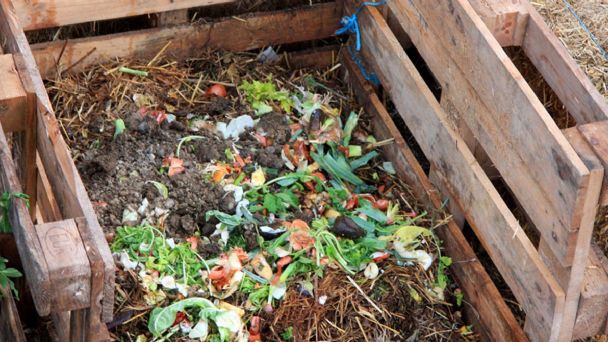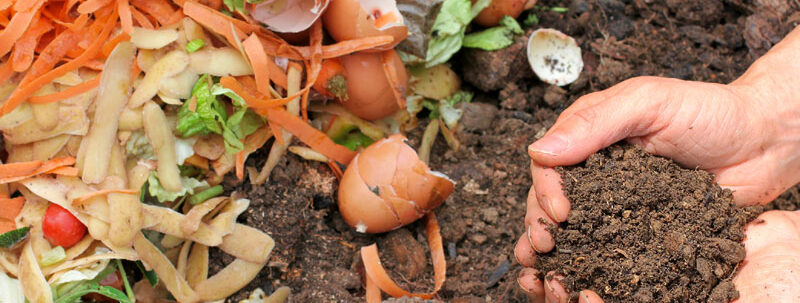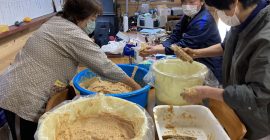Hello friends, making homemade compost is an ideal activity for the whole family, a perfect way to bring nature closer to the little ones in the house, to transmit values of responsible consumption, recycling and respect for the environment. For this reason, this week I am going to explain you how to make homemade compost.
In addition, preparing homemade compost is rewarding, growing fruits and vegetables with that flavor that fruits and vegetables used to have and that now only maintains quality organic products.
Preparing our homemade compost is not difficult, but we must be clear about three important points before starting:
- We will need a container (composter) where we can grow our homemade compost, a suitable container in which to add the raw material that, little by little, will become compost. We can buy this container or, better yet, build our own by recycling and giving a second life to objects that have already fulfilled their initial task, such as old pots, construction pallets, wooden fruit boxes, etc.
- Our homemade compost mixture will grow from different types of raw materials: eggshells, fruit and vegetable peelings, potato skins, twigs, straw, wet grass, coffee grounds… The key is to combine the sugar, cellulose and nitrogen from the different organic waste in order to prepare that organic fertilizer which, in essence, is the homemade compost.
- The most important risk of preparing homemade compost is that the waste rots and we get nothing more than a shapeless and smelly mass. We will avoid that risk in two ways:
– Interspersing wet and dry waste in alternate layers.
– Periodically ventilating our compost.
There are many ways to make homemade compost, but the one I propose below is one of the simplest. I have extracted the data from the Composting Manual published by the Spanish Ministry of the Environment, Rural and Marine Affairs.

There are three basic steps to prepare a quality homemade compost: prepare the composter, add organic waste in layers and, finally, hydrate your organic fertilizer well.
- Prepare the composter:
You can use and recycle almost anything: a wooden box, a large pot or planter that you no longer use… Any container will do if it is not in direct contact with the ground. In this way, if you use a pot or a plastic box, make some holes in the base and place a first layer of soil and a second of dry materials such as straw, remains of branches, sawdust, etc. These first dry layers will prevent the bottom of your composter from rotting the mixture.
2. Add organic waste:
In this container we will add different products or waste in layers, such as vegetable and fruit peelings, twigs and dry leaves from hedges or plants that we have pruned, coffee grounds, eggshells, etc. Experts recommend that we intersperse layers of different wet or green and dry products, in this way we will achieve that optimal balance that a quality homemade compost needs.
Putting soil between the layers speeds up the process.
3.Water the homemade compost:
Our homemade organic fertilizer needs a certain degree of humidity to be able to form that handmade fertilizer that will enrich our organic crops. Thus, it is necessary that we water it from time to time without flooding the container, but ensuring that the moisture penetrates the different layers that we have been adding to our compost box.



